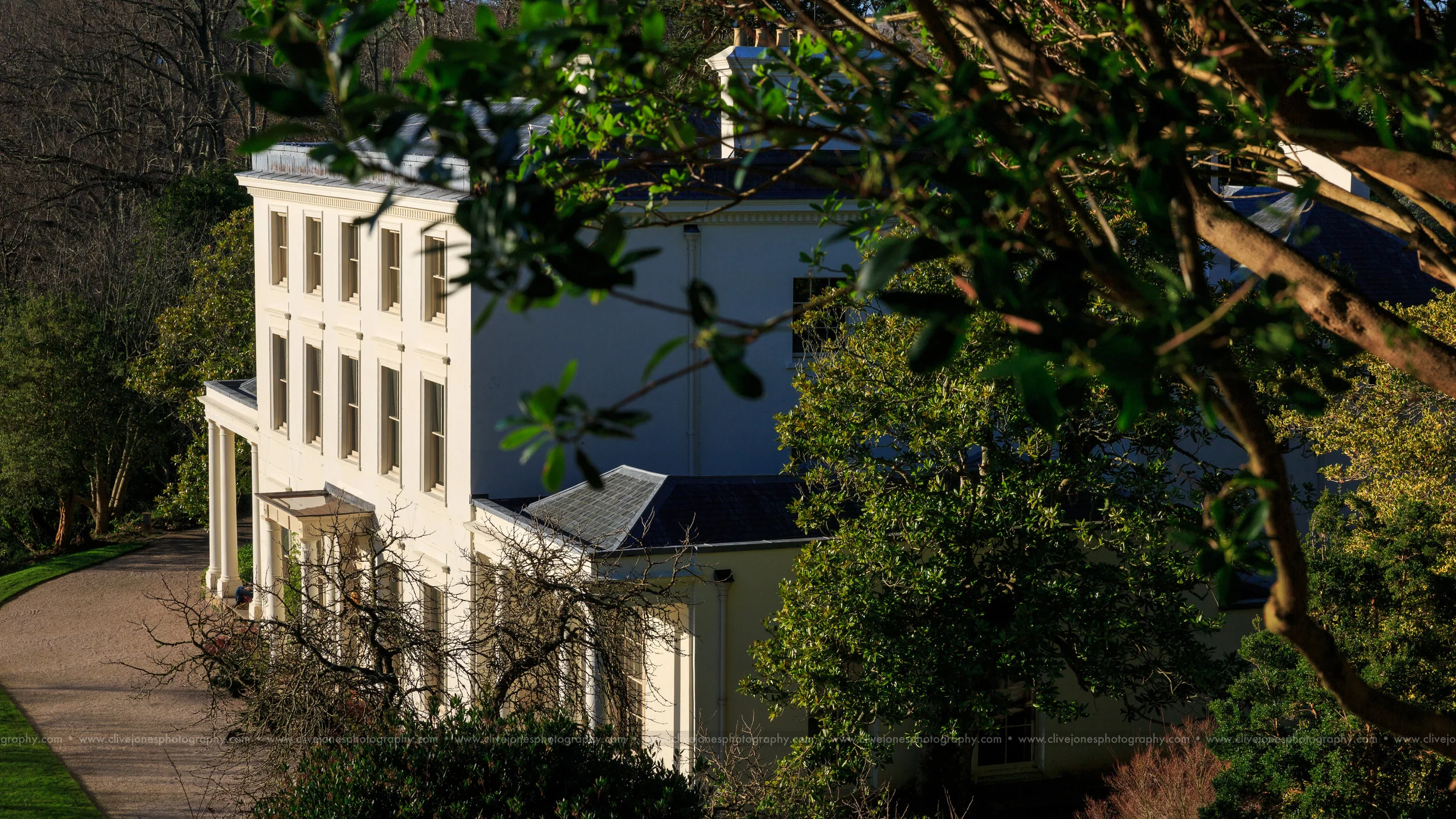










































The RNLI has been saving lives at sea, around the coasts of Great Britain and Ireland, since 1824. It is a charity entirely funded by donations from the public and staffed by volunteers; it's fleet of over 400 distinctive navy blue and orange lifeboats of varying sizes launch from 237 lifeboat stations. The RNLI are a source of great pride to the coastal communities that they serve.

National Trust properties can be found throughout the UK, be it stately homes, open heaths, rolling countryside or managed landscapes and gardens.

The Tower of London played host to Paul Cummins and Tom Piper's installation, Blood Swept Lands and Seas of Red, in order to mark the centenary of the outbreak of the First World War. 888,246 ceramic poppies gradually filled the moat of the central London tourist attraction between August and November 2014.

The wartime home of the Government Code & Chyper School, the now famous codebreakers broke into the Axis secrets that ultimately shortened World War II

The oldest metro system in the world, the London Underground, opened it's doors to the public on the 10th January 1863, and now carries 4.8 million people a day and is a recognisable brand across the globe.

In the region of 7000 miles of railway network in the UK were closed between 1950 and 1973, about half of which occurred between 1962 and 1966 - otherwise known as the Beeching Axe after the then British Rail Chairman, Dr Beeching. Steam locomotives were also replaced, with the last running in 1968. Ever since over 150 heritage railways, mostly taking over or re-opening sections of closed lines and running steam locomotives, have become tourist attractions across the country.

The Sculpture Park, an understated tourist attraction in rural woodland close to Farnham, Surrey, lays out hundreds of pieces of sculpted artwork from small to grandiose in amongst the trees.
